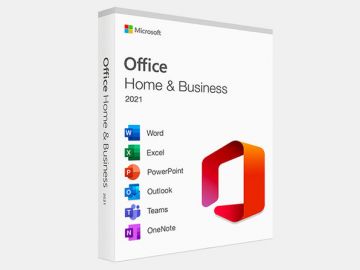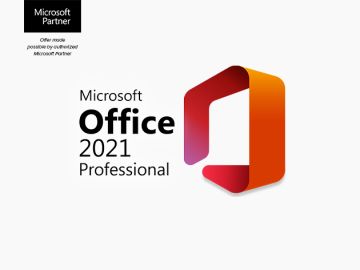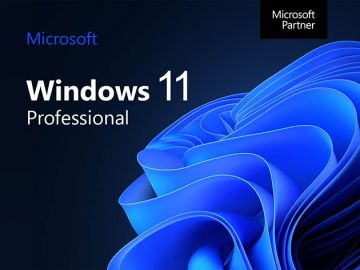The Great Unification: How WWDC25 Blurred the Lines Between Apple Devices

Toggle Dark Mode
At WWDC25, Apple orchestrated its most ambitious ecosystem overhaul yet. The company introduced major updates across all its platforms and unveiled a new “Liquid Glass” design language that weaves its systems ever tighter together.
In addition to the sweeping updates to iOS, iPadOS, macOS, watchOS, tvOS, and visionOS, each platform is now branded with a year-based naming scheme, such as 26 for 2026 releases (e.g., iOS 26 and watchOS 26). Mac operating systems will also follow this trend but retain a landmark-based name as well — this year, that’s macOS Tahoe.
With a unified interface design, improved continuity, and some new features, here’s how this cohesive redesign is reshaping user experiences across devices.
1. Unified Aesthetic: Liquid Glass Across the Board
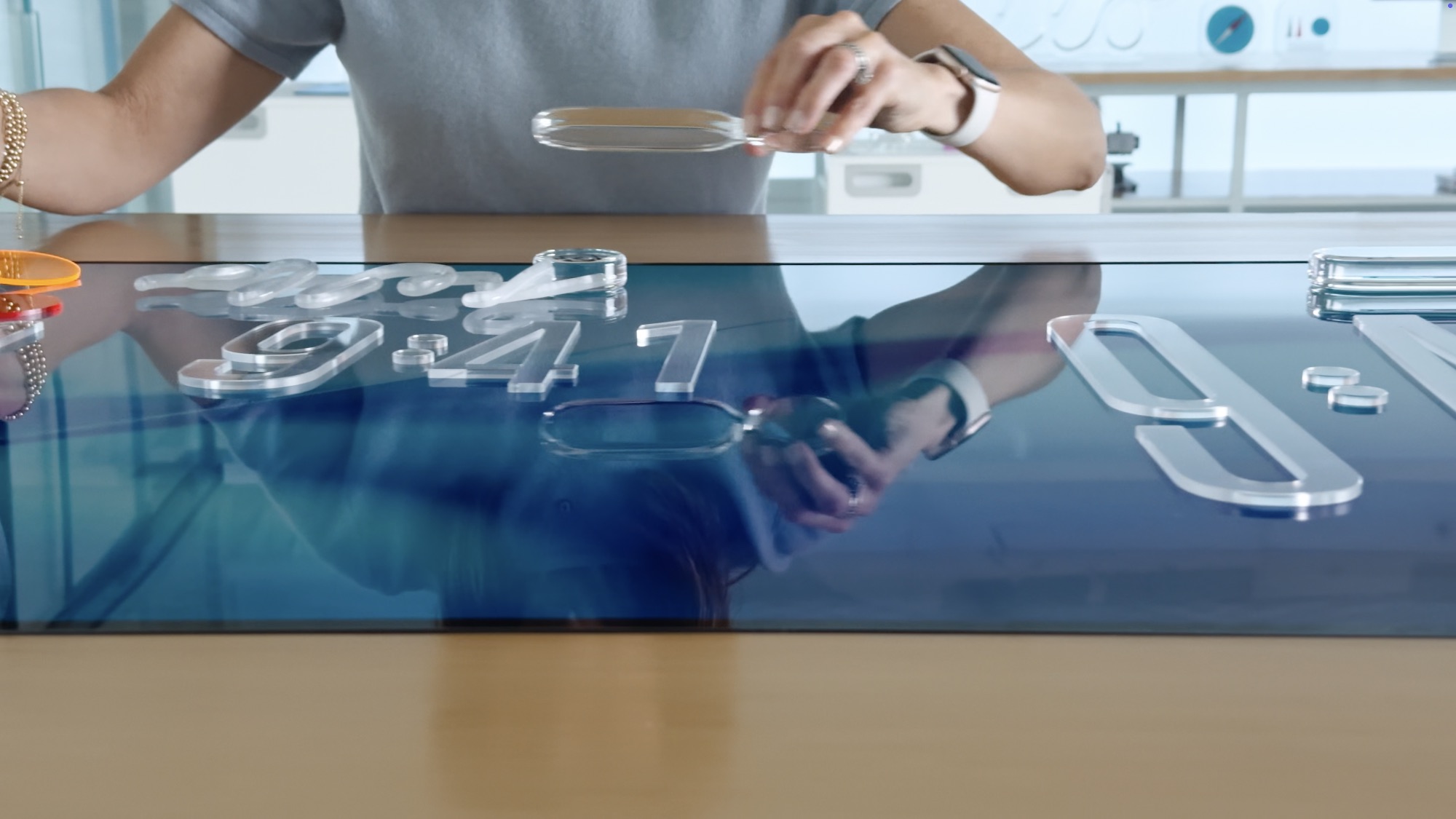
Apple’s newly introduced Liquid Glass design language gives every OS a shared look and feel. Translucent panels, dynamically refracted backgrounds, and fluid animations bring a sense of visual harmony from the iPhone to the Apple Vision Pro.
On the Lock Screen, the time dynamically stretches to fill empty space within photos. Interfaces refract the images behind them and mimic real glass. And elements feature a glass edge or bevel that’s reminiscent of the skeuomorphism featured in earlier versions of iOS. It’s a nice blend between flat and 3D design.
Whether using a Mac, an iPhone, or even CarPlay, Liquid Glass extends to each OS. This aesthetic alignment reinforces the notion of a single, unified ecosystem — regardless of device.
2. Year-Based OS Naming: A Synchronized Identity
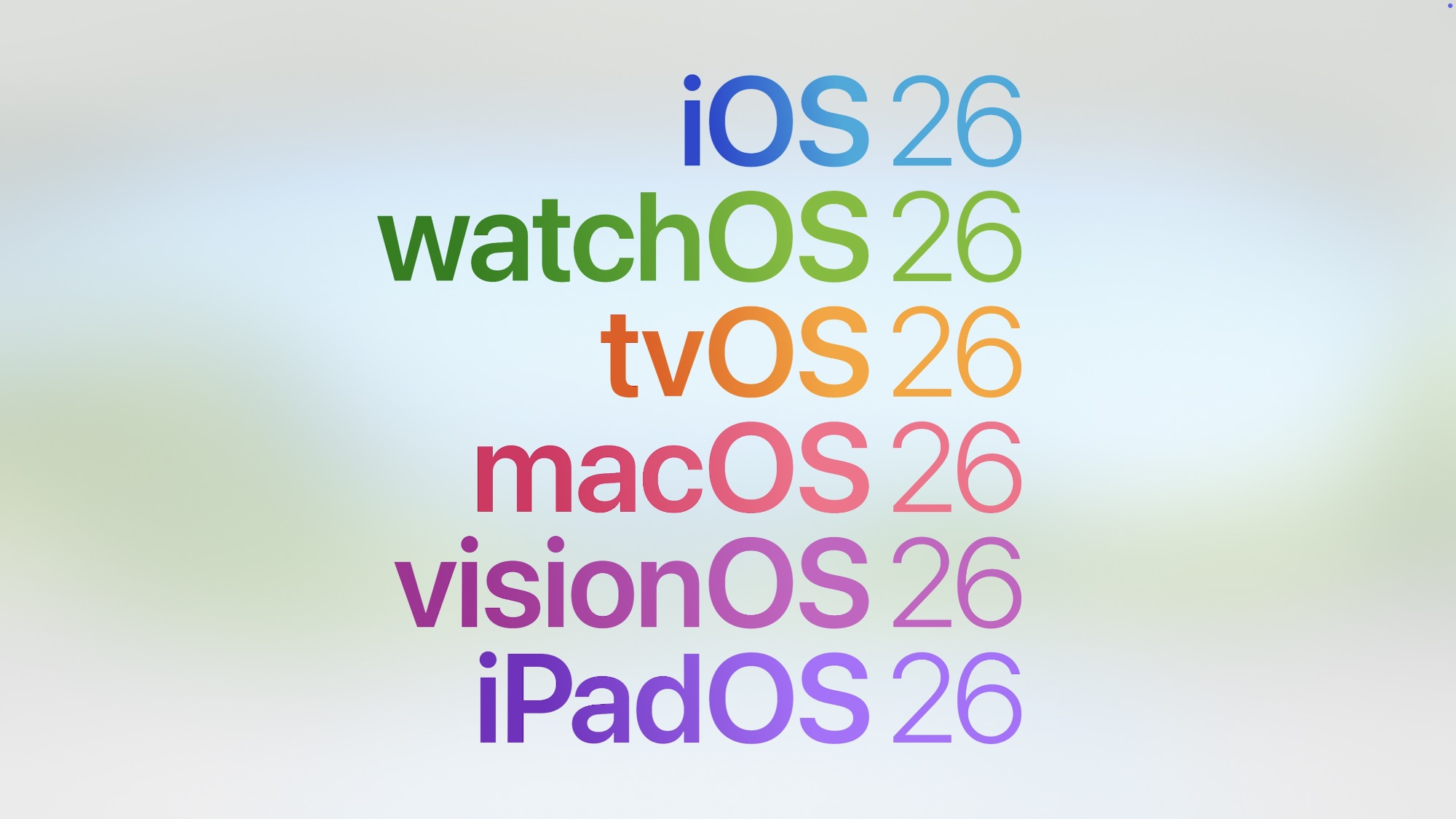
WWDC25 marked the debut of the year-based naming convention, with all platforms receiving the “26” suffix: iOS 26, iPadOS 26, macOS 26 (Tahoe), watchOS 26, tvOS 26, and visionOS 26.
This simplifies versioning for simultaneous updates and creates a cohesive naming system similar to the cohesiveness now featured in Apple’s hardware and software designs.
3. Apple Intelligence: Everywhere, Yet Private
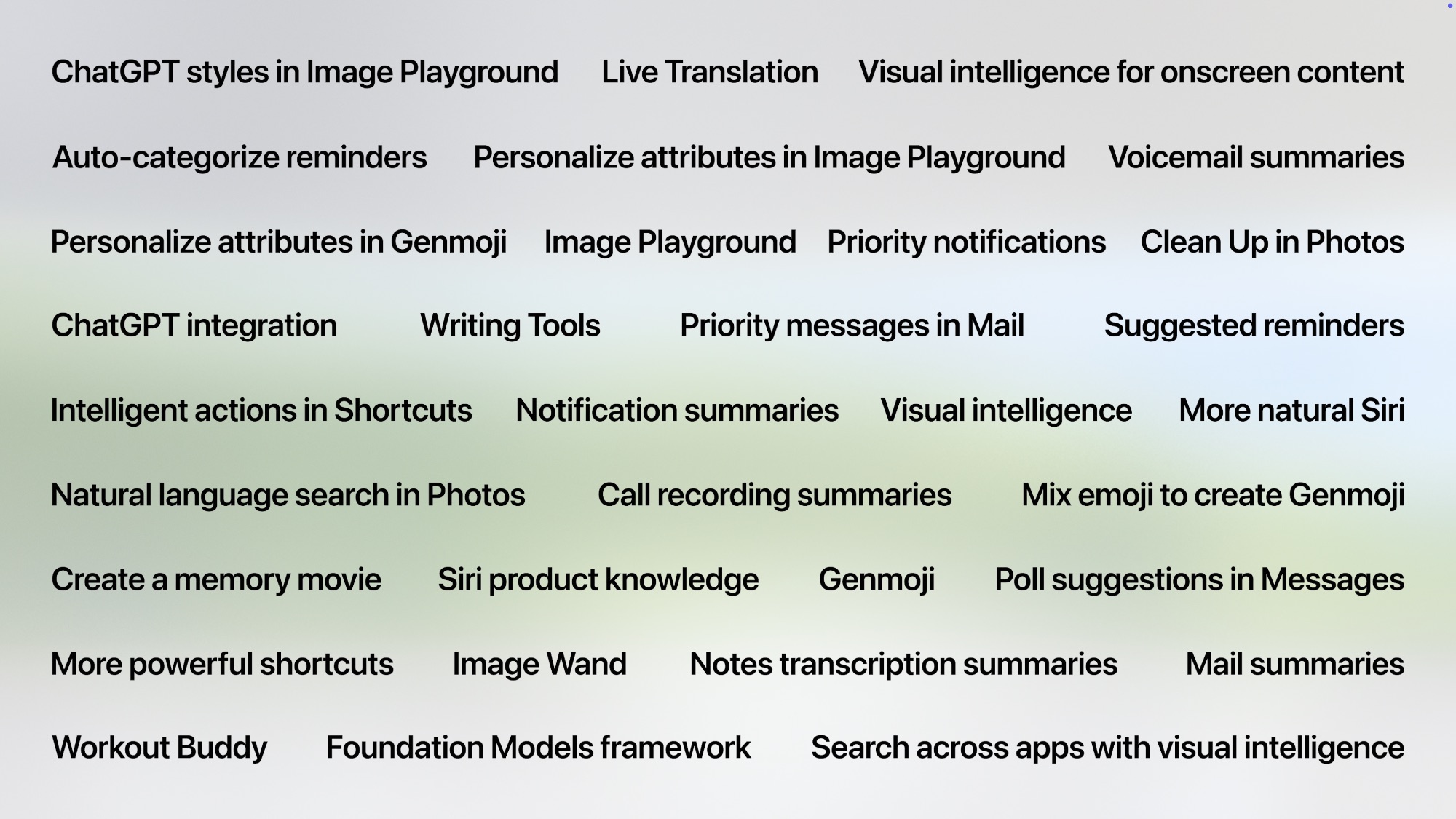
A minor focus at WWDC 25 was expanding Apple Intelligence — the brand’s on-device AI — across all platforms. Features include live translation in calls, visual recognition, Genmoji enhancements, and Image Playground with support for ChatGPT.
However, overall, Apple’s approach to AI has been fairly lackluster, depending on other platforms such as Open AI to get the job done. Furthermore, Siri’s overhaul continues to be delayed, and the ability to recognize what’s onscreen appears to be reduced to screenshots — though this may change in the future.
That said, some features lay the groundwork for future AI enhancements, especially in third-party apps. The Foundation Models Framework empowers developers to integrate Apple’s LLM models directly into their apps (and offline).
Other features, like call screening, auto summaries, and Workout Buddy on Apple Watch, continue to improve the user experience.
As always, Apple places a big focus on privacy. When it comes to AI, this is where Apple truly shines. Their dedication to end-to-end encryption, Private Cloud, and on-device processing helps users feel safer about what information they share with AI.
4. Cross-Device Feature Parity: Shared Apps & Continuity
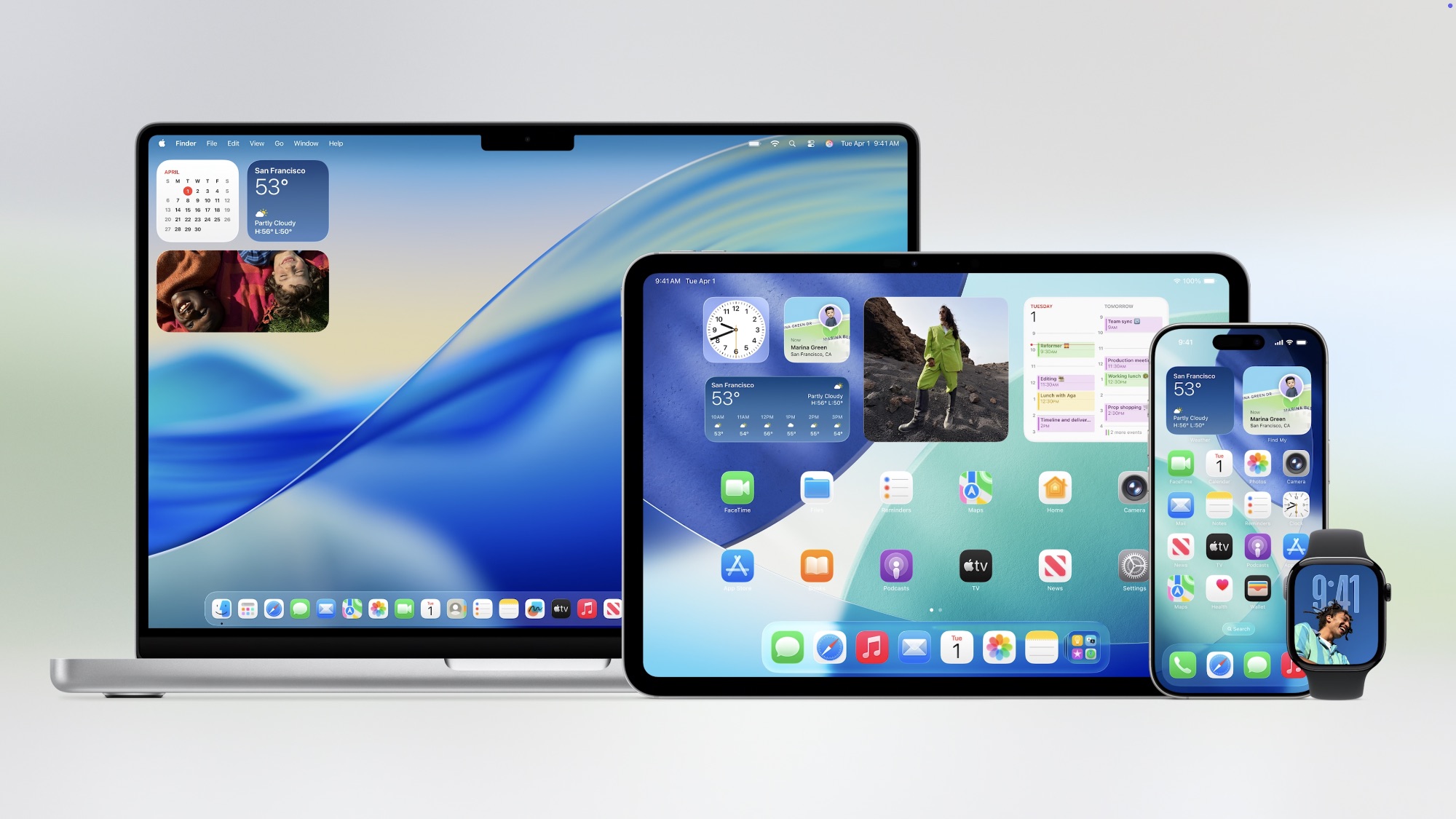
Continuity is what makes Apple’s ecosystem so desirable. WWDC25 brought several formerly platform-exclusive apps and features to wider audiences:
- Journal — previously iPhone-only — now comes to iPad and Mac.
- Preview, a staple on macOS, was introduced in iPadOS 26, complete with Apple Pencil annotation, and also comes to the iPhone in iOS 26.
- The iPhone’s Phone app now lives on macOS 26 and iPadOS 26, enabling direct calling.
- Stage Manager and window management improvements on iPadOS make the iPad more Mac-like than ever. Creating a seamless blend between two of Apple’s biggest platforms.
5. Multitasking & Productivity: Bridging Tablet and Desktop
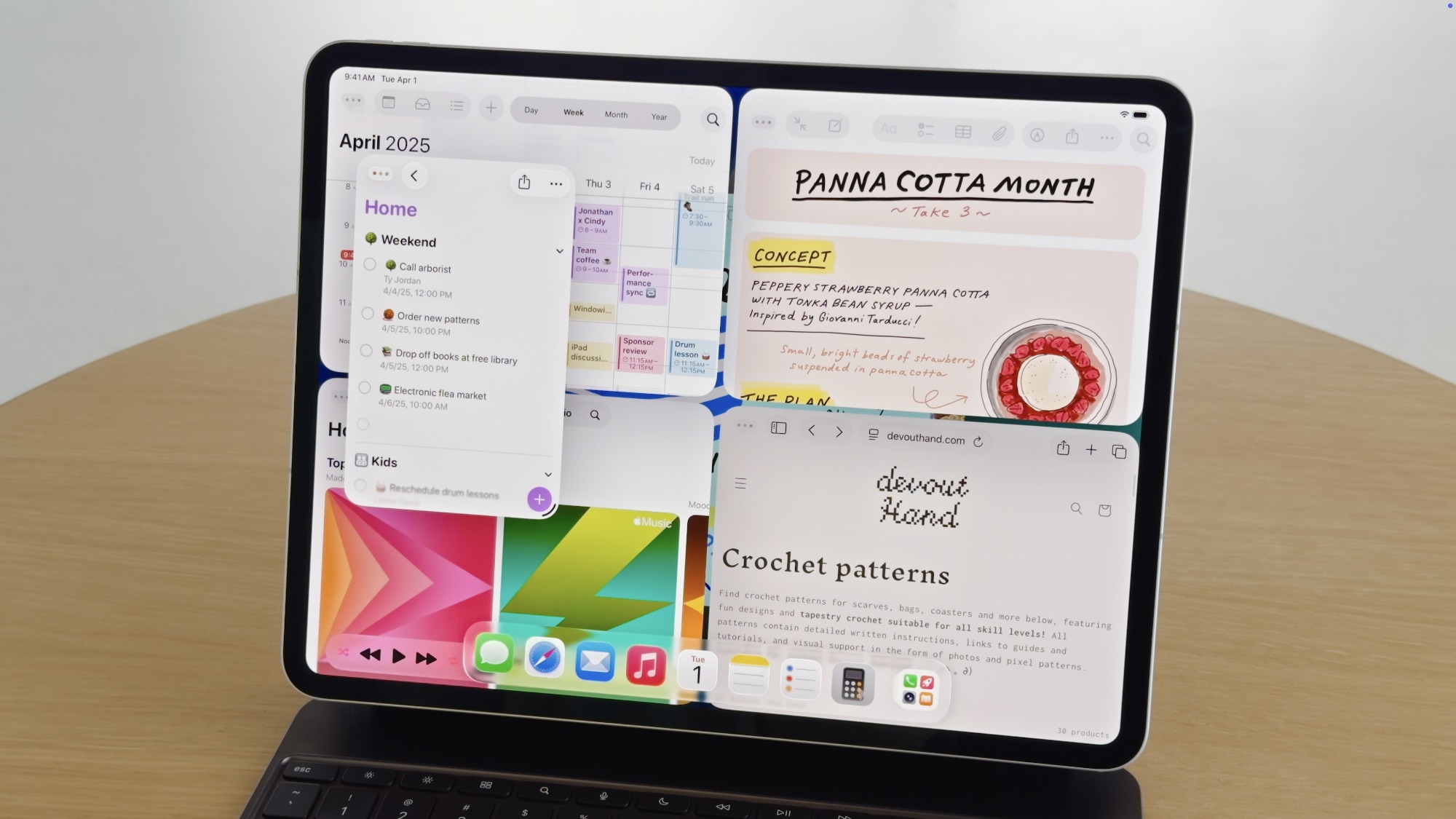
Speaking of iPad. Apple blurred the lines between tablet and desktop in several ways:
- iPadOS 26 introduces a Mac-style windowing system with floating, resizable windows and a swipe-down menu bar.
- Split View and Slide Over are retired in favor of desktop-style flexibility. Revamping traditional iPad workflows.
- On macOS Tahoe, Spotlight now performs actions like launching Notes, creating reminders, or playing music directly.
Smart Features For Everyone
Here’s a quick rundown of some popular features by OS:
- iOS 26, iPadOS 26, and macOS 26 introduce revamped Messages (polls, Apple Cash), Live Translation, Auto Hold, and inline lyrics in Music.
- watchOS 26 debuts “Workout Buddy,” a smarter Smart Stack, and automatic volume adjustment for notifications.
- tvOS 26 adds Liquid Glass UI, live karaoke via Apple Music and iPhone, and a new Games app.
- visionOS 26 now supports spatial widgets, improved avatars, and PSVR2 controller compatibility.
- iPadOS 26 blurs the lines between Mac and iPad with improved multitasking, background processes, and a better Files app.
- macOS 26 integrates with iPhone more than ever, with Live Activities and a new Phone app.
WWDC25 wasn’t about launching flashy new features — it was about harmonizing the Apple ecosystem. The introduction of Liquid Glass brings visual cohesion across devices, while feature alignment — like the expansion of Phone and Journal apps — bridges platform gaps. Smarter AI integration enhances each experience without sacrificing privacy. And with fluid multitasking and workflow continuity, users can move effortlessly between devices.
Together, these updates create a unified ecosystem that looks sharper, works smarter, and feels more connected than ever.
Final Thoughts
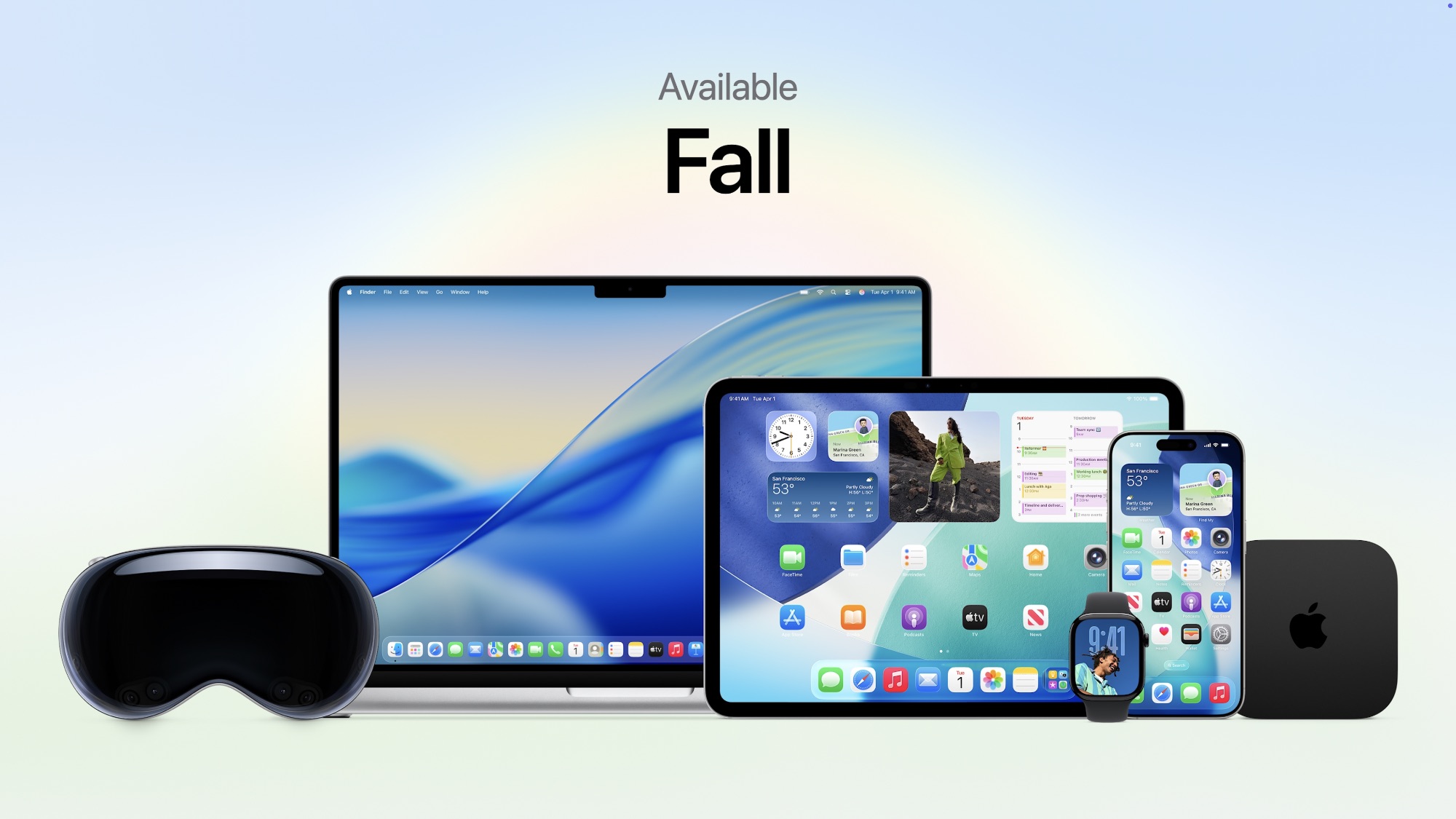
When viewed as isolated updates, WWDC25’s changes might seem incremental. Taken together, however, they paint a cohesive roadmap: Apple isn’t just enhancing its devices — it’s unifying them. The Apple ecosystem is evolving into a single platform where your iPhone, iPad, Mac, Watch, TV, and Vision Pro don’t just coexist — they coordinate.
Your iPhone picks up where your Mac left off; your iPad behaves like a laptop alternative when needed; your Watch knows your environment and workouts; and Vision Pro shows what the future has in store. Apple is bridging the divide between device types and WWDC25 will be remembered as the moment that unification took center stage.


